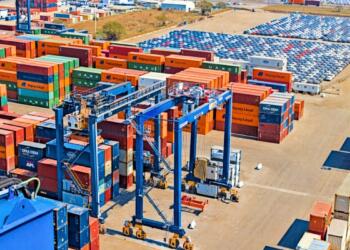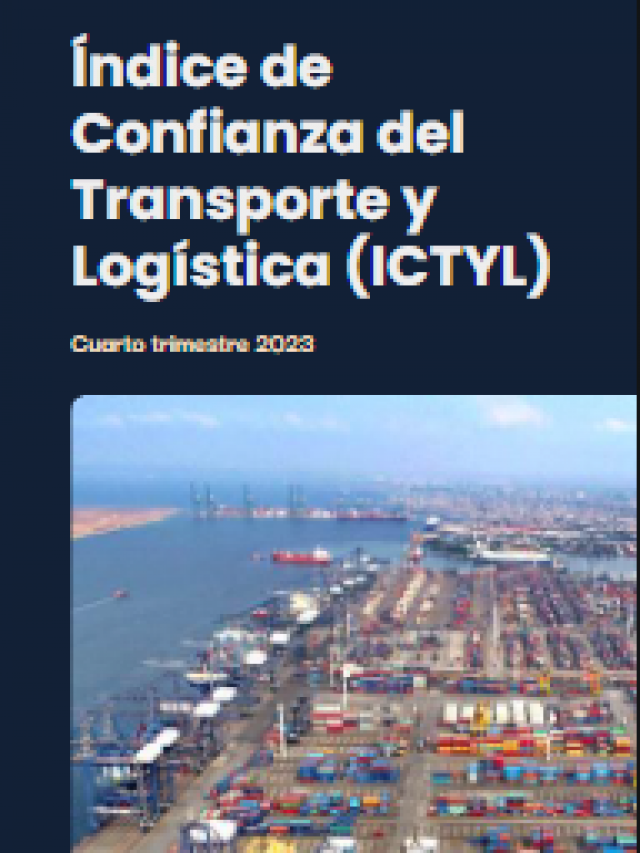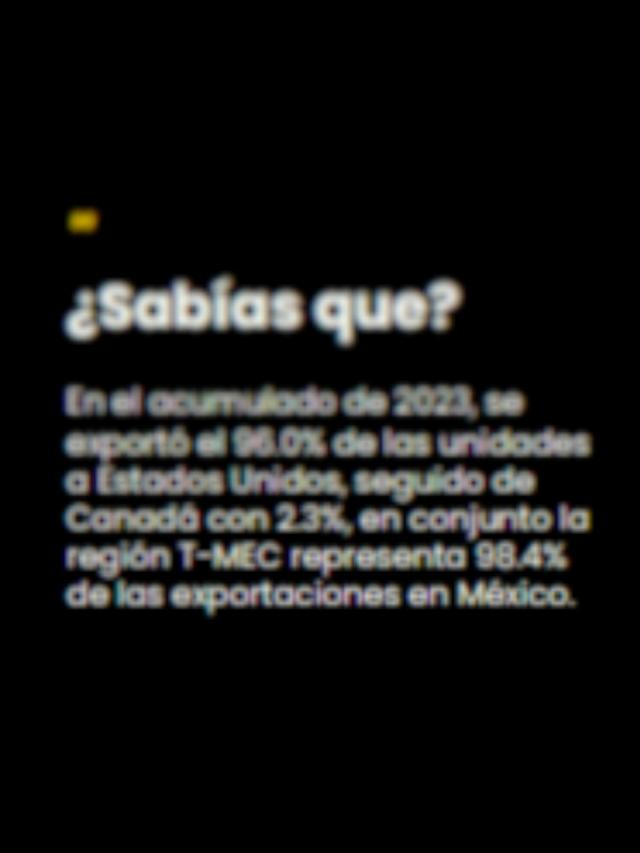
In a volatile economic environment with growing geopolitical challenges , logistics and the supply chain are positioned as critical factors for business competitiveness in Mexico.
This was emphasized by the 2nd National Study of Logistics Indicators , presented by the #SoyLogístico Association , Logística de México (LDM) , and EGADE Business School of the Monterrey Institute of Technology , which seeks to provide companies with strategic tools to improve their performance in the supply chain.
“It’s very difficult to access this type of data in the country because little information is shared within the sector. That’s why this study represents an invaluable effort,” said Virgilio Paniagua, president of #SoyLogístico.
For his part, José Ambe, CEO of LDM , emphasized that “we can’t hide the sun with a finger. The country is going through a critical moment, and logistics must play a strategic role. Those who are best prepared will best navigate this uncertainty.”
The study covers the 2022-2023 period and compiles information from companies of various sizes and sectors, from food, retail, and manufacturing to pharmaceutical and automotive , with the goal of comparing best practices, understanding trends, assessing risks, and measuring operational performance.
“This document serves as a compass that allows companies to know how they compare to their peers and what strategies the most efficient ones are implementing,” explained Eric Porras, director of EGADE Business School in Mexico City.
Key indicators
One of the main focuses of the study is the level of service , where the fill rate plays an important role and in which the logistics sector averages 98%, reflecting high efficiency in inventory management.
Here, while the pharmaceutical sector complies 100%, the retail and construction sectors fell to 93% and 90% respectively.
 Another critical point is forecast accuracy , which measures how well a company anticipates demand.
Another critical point is forecast accuracy , which measures how well a company anticipates demand.
In this area, the automotive sector (with 90%) stands out for its long-term planning. In contrast, retail , with 72%, faces significant challenges due to high market volatility and uncertain consumer confidence.
Regarding supply indicators , on-time deliveries from suppliers were taken into account, with the automotive industry accounting for 100% of the total, while manufacturing and retail account for 85% and 80%, respectively.
Inventory turnover was also evaluated , where high turnover indicates greater efficiency.
In 2023, retail (10.5) and construction (12.3) lead the way, reflecting greater agility in their operations. Food (8.5) and logistics services (4.4) maintain a solid pace, while automotive (2.7) and manufacturing (2.7) show the lowest turnover, suggesting more conservative inventory management.

In transportation indicators , companies are increasingly tending to outsource services to gain flexibility. A general improvement in container utilization was also identified , reflecting better load planning, greater capacity utilization, and resource optimization in logistics operations.
One of the most relevant topics of the study is the carbon footprint , an indicator that was included in the measurement for the first time and the finding is overwhelming: 84% of companies still do not measure their environmental impact .
This, experts said, will soon change, as large buyers like Walmart and Liverpool will require their suppliers to provide reports and take concrete actions to reduce their emissions.
On the other hand, the turnover of logistics personnel continues to affect productivity, in a context of full employment that forces companies to invest more in talent retention and development.
In the financial field , new indicators were incorporated, such as the cost of logistics payroll and the cost of transportation as a percentage of sales , which are essential for measuring the profitability of the logistics area in large and small companies.
One conclusion is that today, logistics technology is available not only to large corporations but also to small and medium-sized businesses.
“Any business today can access digital tools that allow them to plan better, optimize their inventories, and manage deliveries efficiently,” Ambe emphasized.
As part of this effort to democratize knowledge, the study results are now available on an interactive digital platform , allowing companies to consult, compare, and apply the data to their own continuous improvement processes.
Comment and follow us on X: @jenna_GH_/ @GrupoT21















